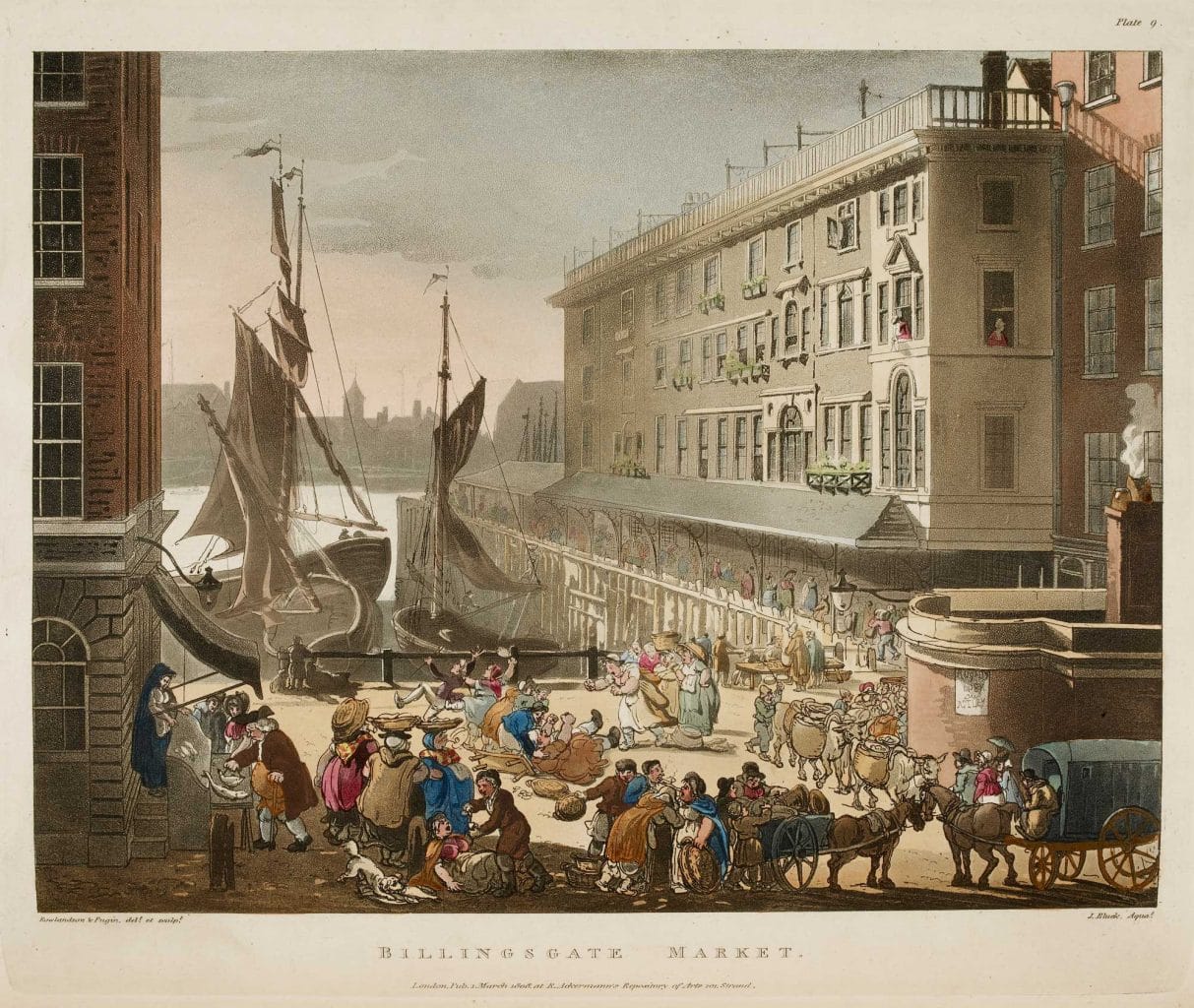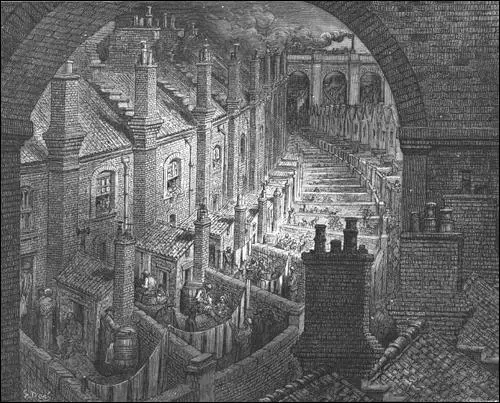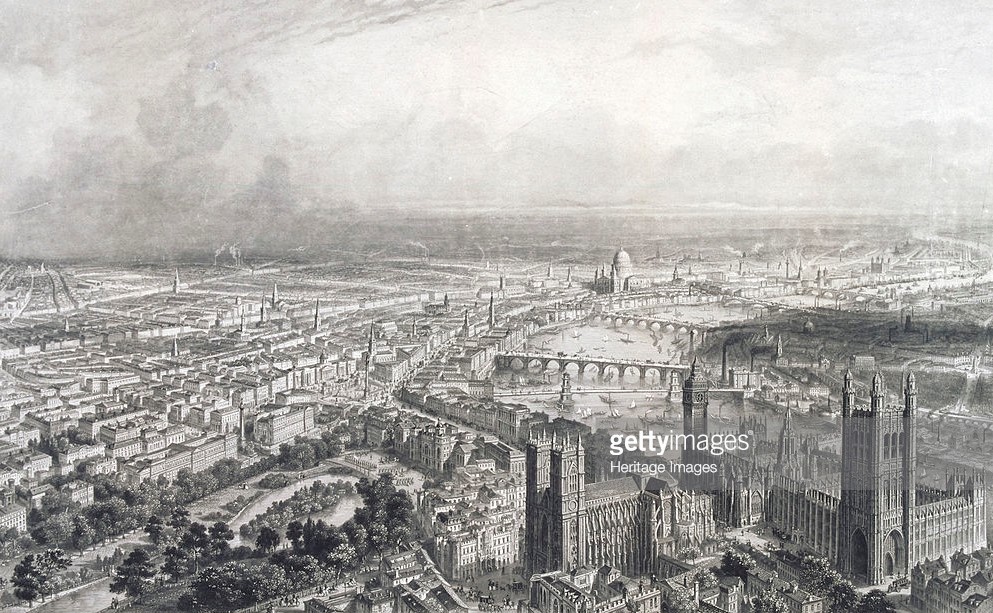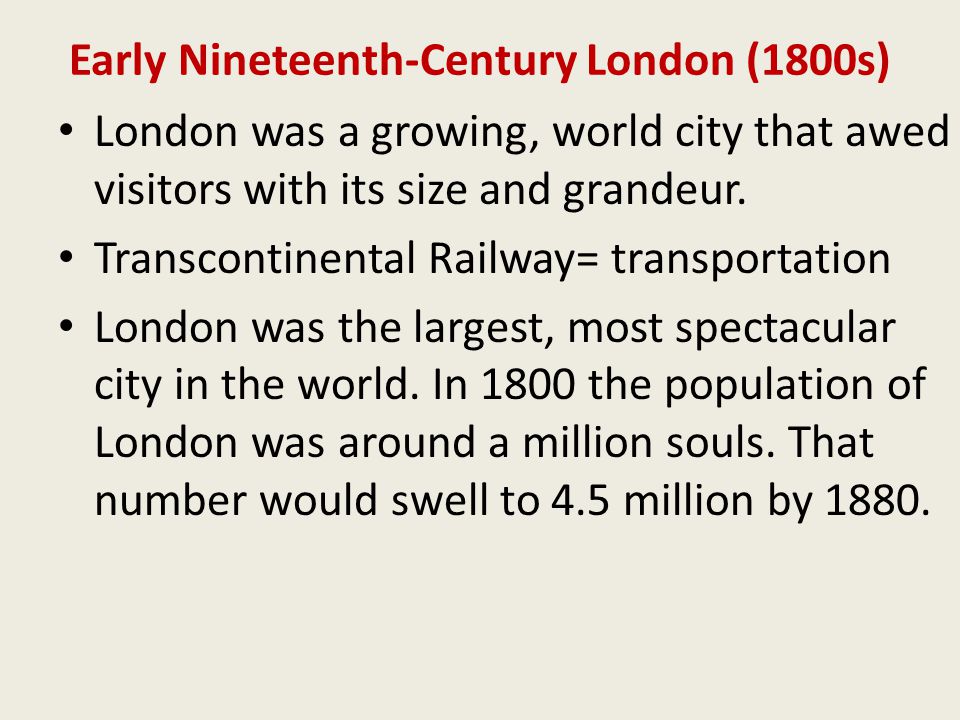London Population Nineteenth Century

By 1901 london s population was more than twice that of wales and slightly more than of scotland.
London population nineteenth century. The growth of london. The condition of london is explained on facts about london in the 19th century. For much of the 19th century and the early 20th century london was the largest city in the world. The population was increased rapidly.
London in world war ii. Eldest child of charles dickens in his 1879 book dickens s dictionary of london described the pavilion this way. Among the many epithets applied to the nineteenth century the age of statistics would seem one of the most appropriate. The annual growth reached 1 9 percent.
A large east end theatre capable of holding considerably over 3 000 persons. The first british population census was conducted in 1801 and was subsequently repeated every ten years. Norman and medieval london. After 1850 chinese immigrants started settling in limehouse.
In 1900 it was inhabited by 6 7 million. Modern london from 1945 london in the 1960s. During the 19th century london was transformed into the world s largest city and capital of the british empire. Following the end of hostilities at the conclusions of the seven years war in 1763 and the american war in 1783 a large number of black men and women from africa the caribbean and north america settled in london.
The effingham 1834 1897 and the pavilion theatre 1828 1935. According to census records the number of people living in london increased more than fivefold from 959 300 in 1801 to 5 572 012 in 1891. Its population expanded from 1 011 157 according to its first official census in 1801 to 6 2 million a century later 1 8 average annual growth. Building demolished in 1962.
The population of london grew from 950 000 in 1800 to 6 million in 1900. Whitechapel road was the location of two 19th century theatres. By 1850 london had 20 000 jews. 19th century england social hierarchy is a classification of a society of a nation that segregates the residents of a country into certain groups based on various factors out of which the wealth and occupation play a significant role in this segregation.
By the last quarter of the eighteenth century the black population of london is estimated to have been between 5 000 and 10 000. In 1800 london was a home for 1 million people.

















